Product
Georgia Ryder Mollusc Muse
-
Tauira / Student
Georgia Ryder -
Kaiako / Lecturer
Lisa Munnelly

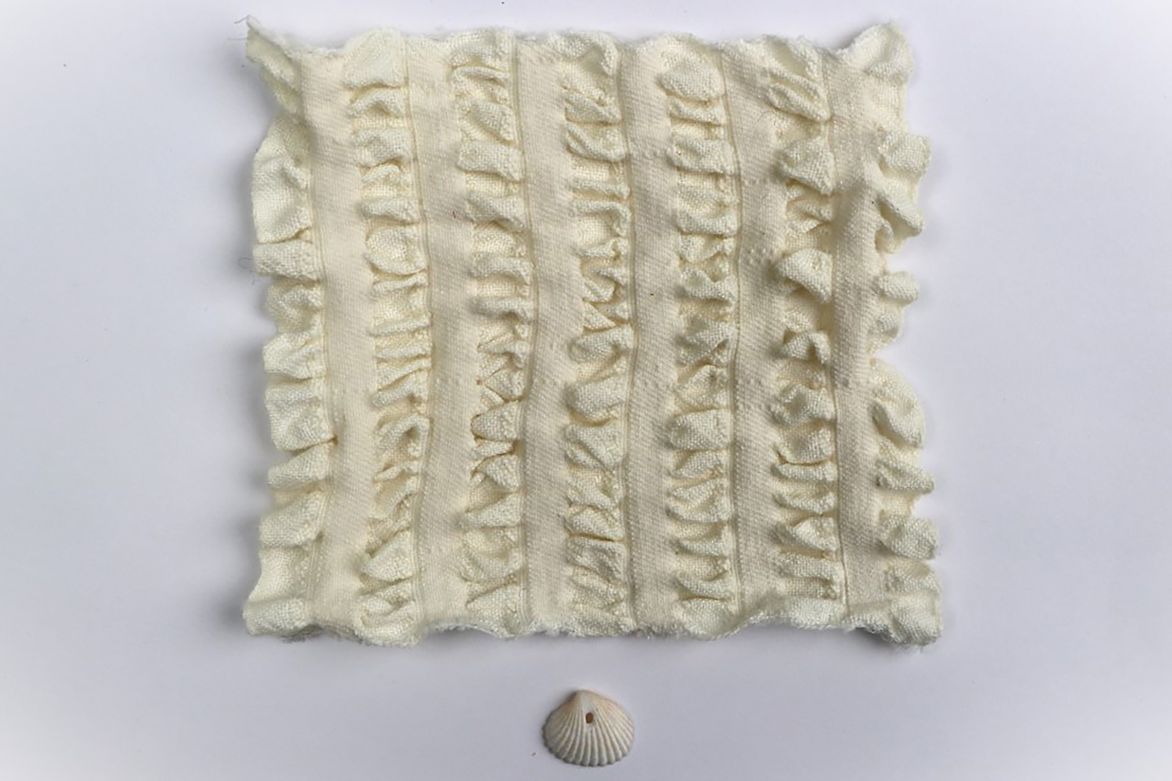
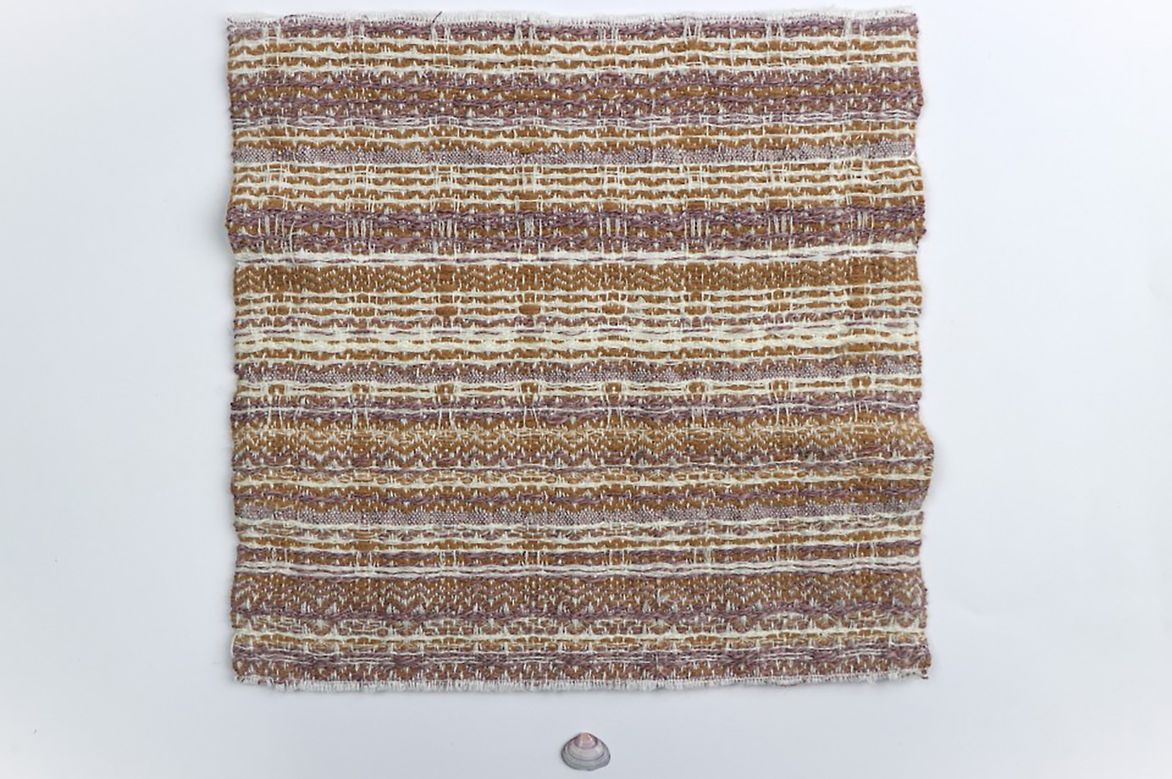
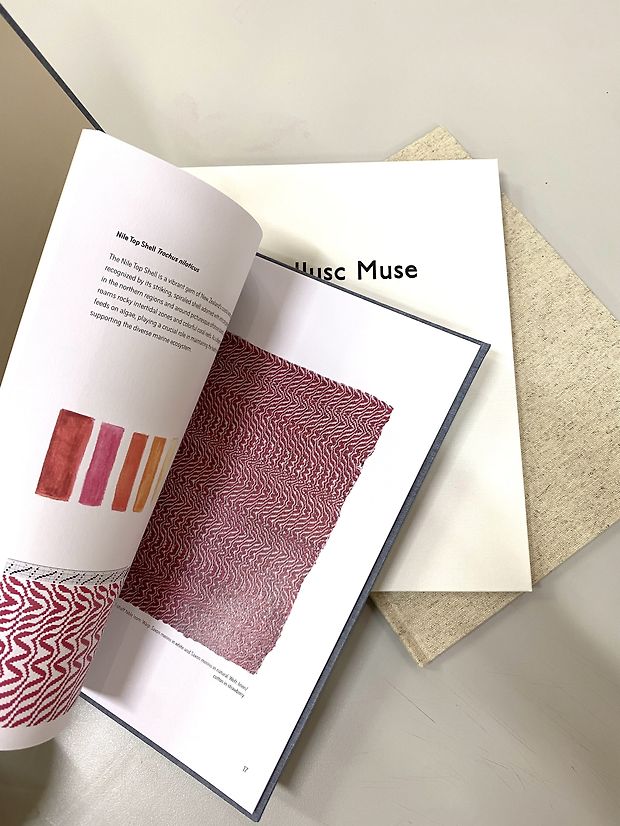
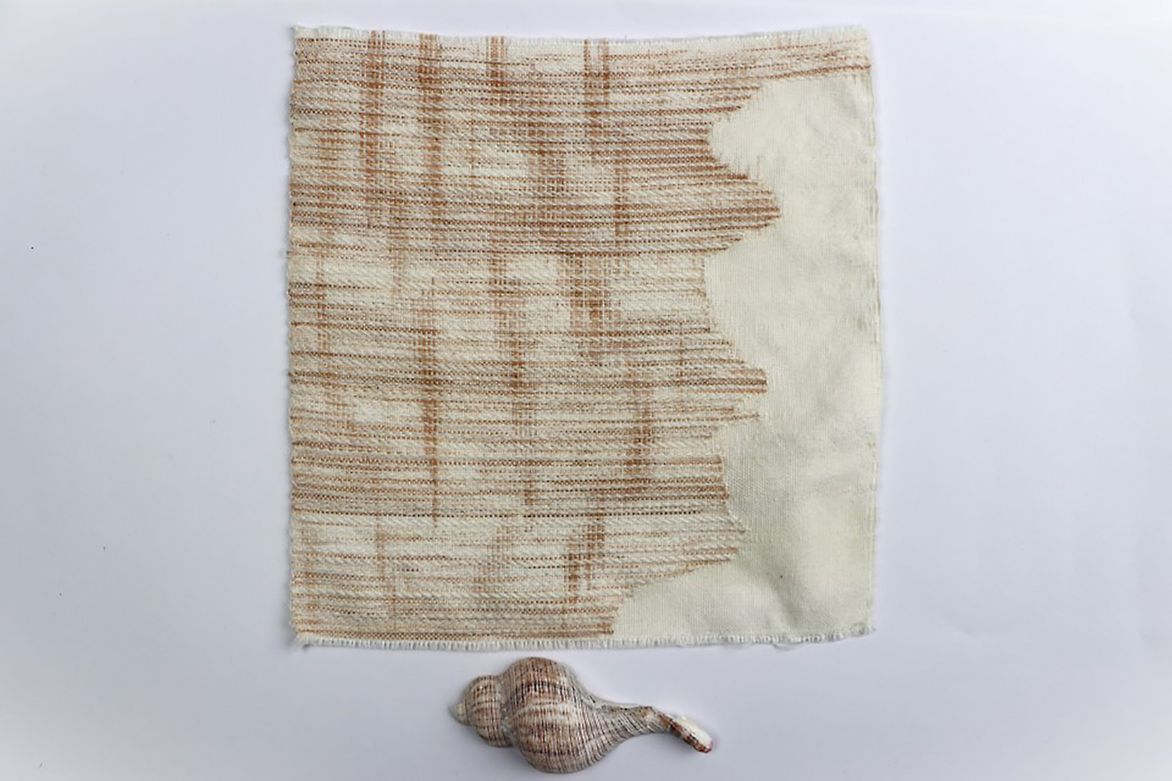
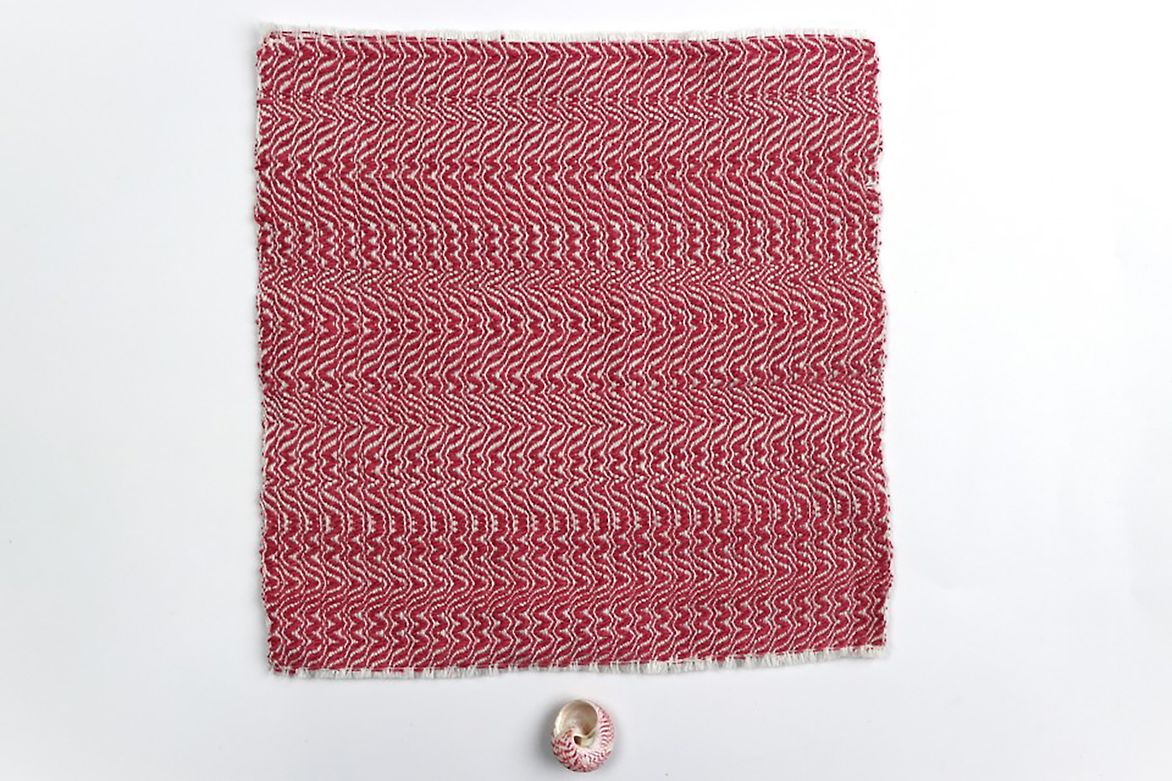
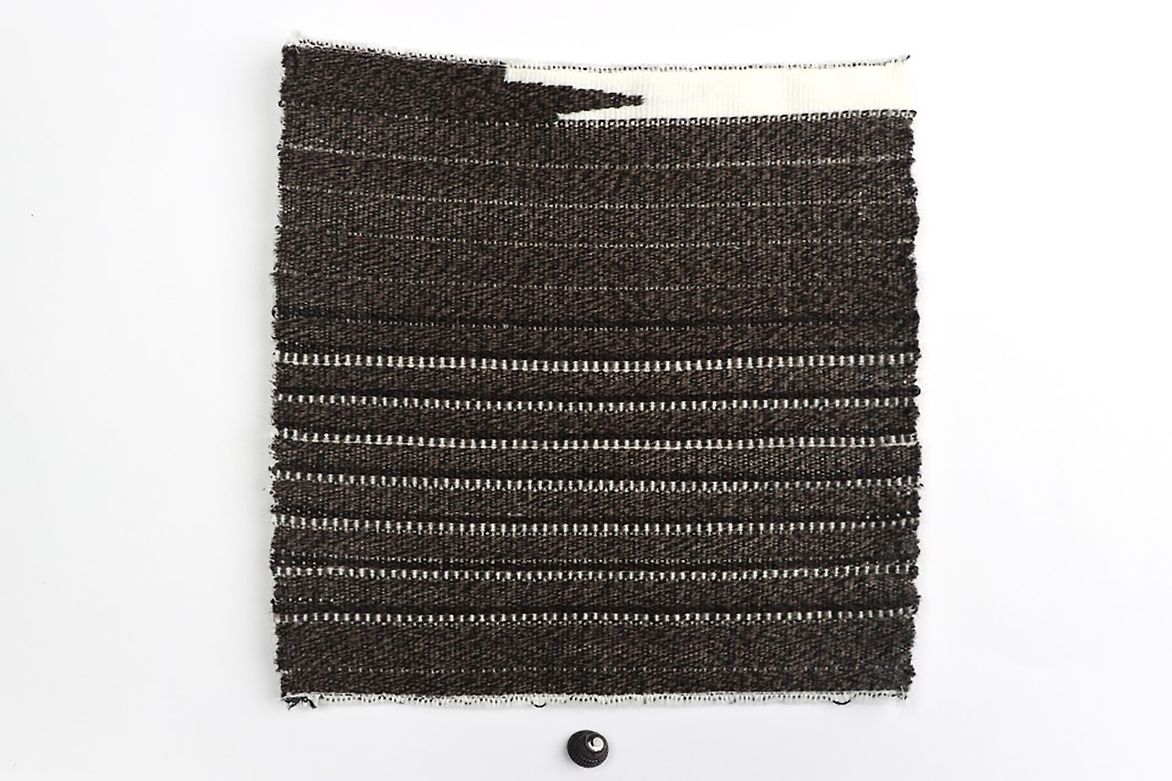
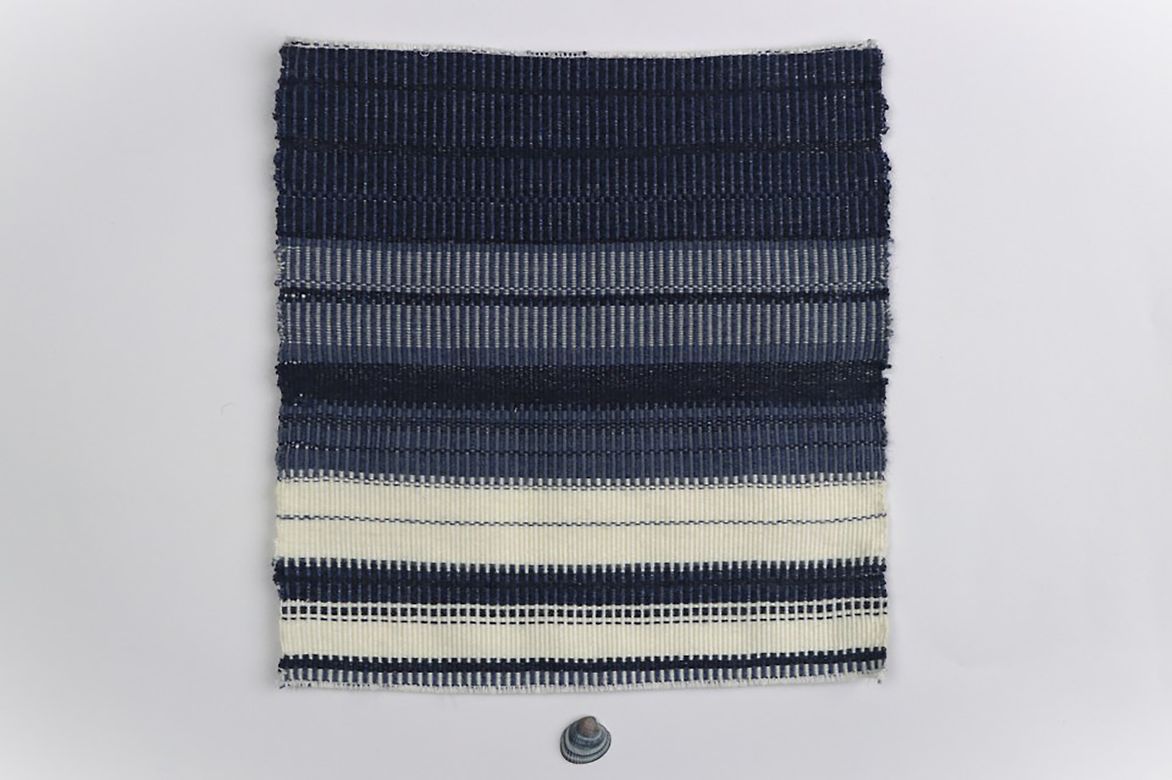
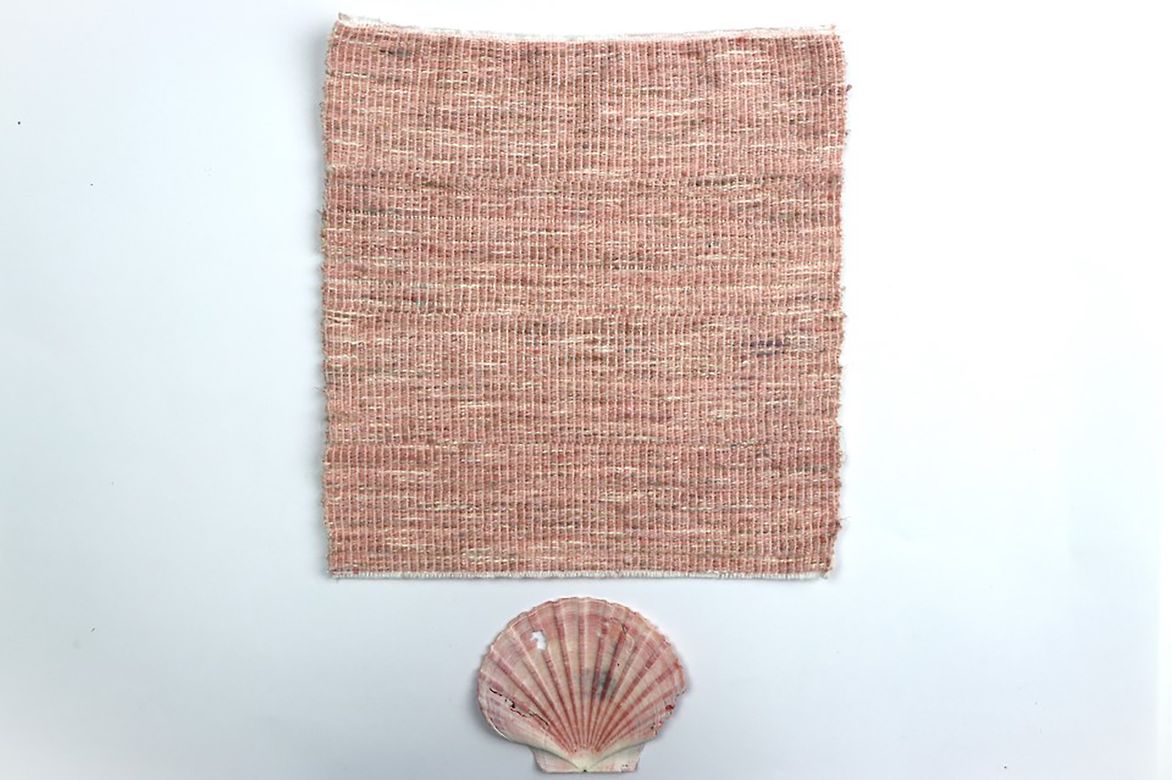
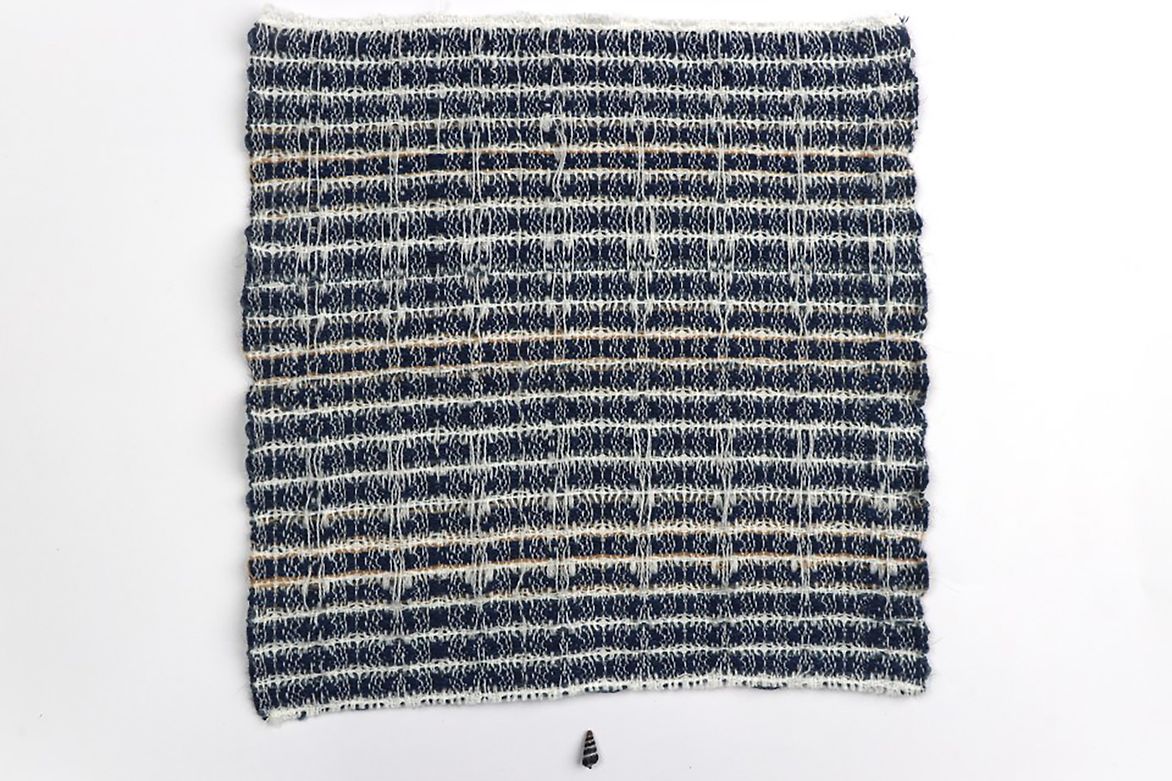
Description:
Mollusc Muse is a woven collection that transforms the often-overlooked beauty of mollusc shells into tactile textile art. Rooted in a desire to celebrate the diversity and complexity of coastal marine environments, this project explores the hidden intricacies of seashells—objects that are both common and quietly extraordinary. Their layered, protective structures, subtle colour gradations, and unique patterns became my muse and starting point.
This work began with meticulous watercolour and pencil studies of collected shells. These artistic responses captured their detailed markings, shape, and textures, which I then translated into lifting plans that informed my woven structures. The goal was to not simply replicate the shells, but to interpret their qualities through weave: to let the yarns speak the language of the sea.
Using techniques such as double cloth, collapse weave, warp rib, and curved twill, I recreated shell characteristics in textile form. High-twist yarns were used to form ridges, echoing the textures of cockles and fan shells. In other samples, hand-painted warps brought the softer tones and shapes of shells like the ostrich foot to life. Through the structure of double cloth, I represented the shell’s strong, outer surface contrasted with its smooth, pearlescent interior.
This collection also embraces natural dyeing, using a colour palette inspired directly by coastal landscapes. These hues are both sustainable and emotionally resonant, grounding the work in ecological sensitivity. The process book presented alongside the collection maps the entire creative journey—from the initial shell inspiration to the woven textile—providing a holistic view of my design thinking and methodology.
Mollusc Muse is more than a visual exploration, it is an act of appreciation. It invites viewers to slow down and reconsider the everyday, to marvel at the often unnoticed ecosystems of our shores, and to understand how textile design can become a language for environmental storytelling. It speaks to a future of textile practice that is deeply connected to the natural world, respectful of materials, and responsive in both design and intent.
Judge's comments:
Mollusc Muse offers a thoughtful exploration of the natural world’s beauty through textiles. The care and thorough process behind the work are immediately evident, resulting in the delicate portrayal of the humble seashell.